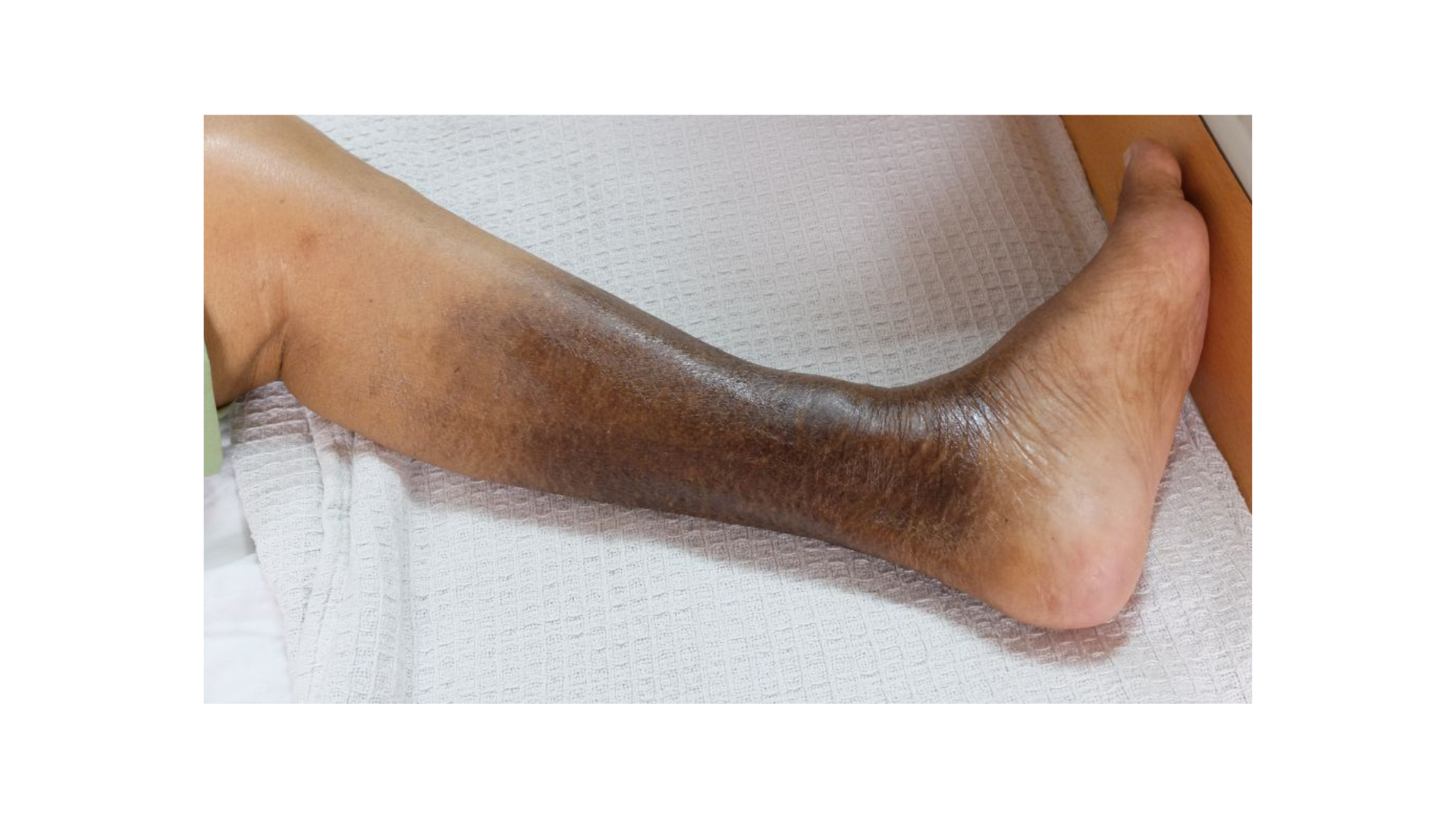Venous Leg Ulcer Recurrence: How to Prevent
April 18, 2024
Hello, I'm Dr. Windy Cole. I am the Director of Wound Care Research at Kent State University College of Podiatric Medicine.
Venous leg ulcers have a really high recidivism rate, unfortunately, of all the wounds that we treat in the lower extremity, those are the type that tend to recur the most often. I've seen figures upwards of 70 -80% of all venous leg ulcers will recur.
I think there's a variety of factors that contribute to the high recurrence rate of venous leg ulcers and it's multifactorial, just like everything in wound care really. I think that clinicians need to have a high index of suspicion and monitor patients that have had previous venous leg ulcers. We need to more effectively manage the underlying etiology, the venous hypertension, the chronic chronic venous insufficiency, and then we have to really get our patients on board for a long-term therapy for prevention, which includes some sort of compression garment, and we really have to educate them on how important it is to be adherent with wearing their compression garments.
I've heard it from so many patients, you know, "Oh, well, my edema. The wound healed so I didn't think I needed to wear those compression garments any longer," and lo and behold shortly after they discontinue use they see a recurrence of the wound. When you're treating venous leg ulcers I always want you to have in the back of your mind a core algorithm and I really mean "CORE" in a literal sense.
So C, compression therapy, is really the hallmark of treating a venous leg ulcer. Optimizing the wound environment, right? Controlling all the factors in the wound environment so that you make certain that the body has what it needs to heal. So controlling bioburden, bacteria, exudate management, periwound, tissue health, and that's very important.
So that's our O in our CORE, optimizing the local wound environment. The R in CORE is to review all contributing factors, right? So those underlying etiologies, that chronic venous insufficiency, that venous hypertension, the valvular issues, if the patient doesn't have a functioning calf muscle pump or their non -ambulance ambulatory or not very active, we have to control those things that are occurring internally in our patients. And then the E, I think is the most important for this topic, is to establish a maintenance plan.
And we need to establish a maintenance plan that the patients are comfortable with and can adhere to. If they won't adhere it to it, they aren't comfortable with it. Obviously they won't have success.
So there's many different compression garments. There are the pull-on compression garments that sometimes difficult for our patients with mobility issues or maybe dexterity issues. There are the zipper type of garments, the Velcro garments, which I'm a big fan of.
But then there's all sorts of other wearables that are coming into the market. There's all sorts of other wearables that are coming into the market. There is a wearable sleeve garment that has a hand pump.
So there are varying levels of adjustable compression, which patients like as well. There are dynamic compression garments that are non-pneumatic. They're wearable.
They work off of a battery and they kind of pump that blood and pump the fluid and lose it. fluid. We didn't even get into that but maybe that's another another topic for another day.
And then of course the traditional pneumatic pumps that the patient can wear in the evening and plug into the wall. So you want to talk to your patients, you want to see what their goals of therapy, what their lifestyle is, what they're able to adhere with, and then you have to kind of meet in the middle and I think that shared. care approach is really important when you're looking for that maintenance plan.
The views and opinions expressed in this blog are solely those of the author, and do not represent the views of WoundSource, HMP Global, its affiliates, or subsidiary companies.












Follow WoundSource
Tweets by WoundSource